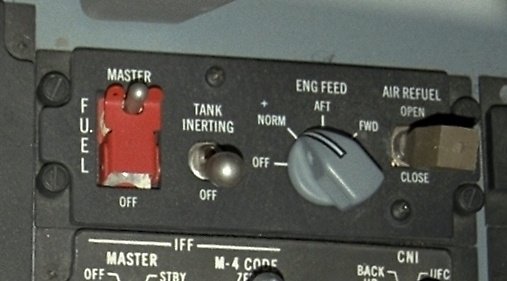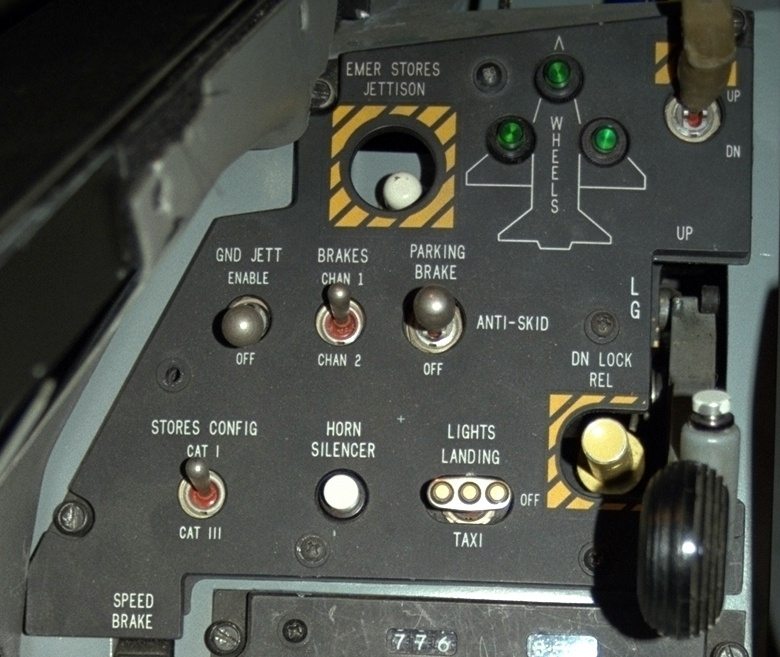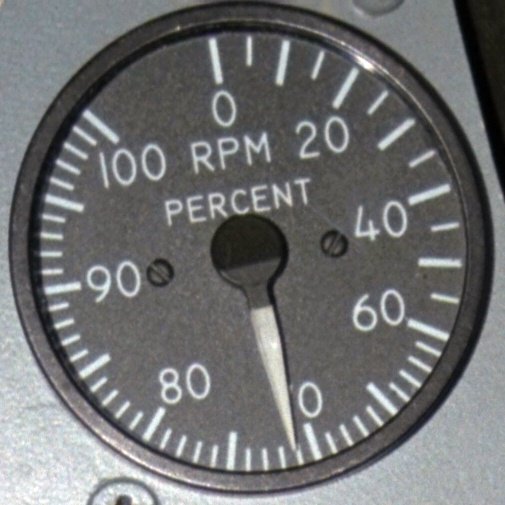The F-16
The combat-proven F-16 has proven itself as the world’s most capable 4th generation multi-role fighter, serving as the workhorse of the fighter fleet for 30 customers around the world.
In an air combat role, the F-16’s maneuverability and combat radius (distance it can fly to enter air combat, stay, fight and return) exceed that of all potential threat fighter aircraft. It can locate targets in all weather conditions and detect low flying aircraft in radar ground clutter. In an air-to-surface role, the F-16 can fly more than 500 miles (860 kilometers), deliver its weapons with superior accuracy, defend itself against enemy aircraft, and return to its starting point. An all-weather capability allows it to accurately deliver ordnance during non-visual bombing conditions.
In a previous post we have listed the flight equipment (CLICK HERE to read the article) you have to check before taking-off in a Viper.
But what about if you have to start the engine of an F-16?
Starting the engine on an F-16 Viper
‘The F-16 is different from most other jet aircraft in that it uses a jet fuel starter (JFS),’ says Tim Morgan, Commercial pilot, military aircraft enthusiast, on Quora. ‘The JFS is a small jet turbine started by an onboard compressed air bottle. Unlike an APU though, the JFS is directly linked to the main engine, so independent operation is not possible.
‘A typical F-16 start sequence begins by turning on the battery and arming the generator by setting the electrical power switch to MAIN PWR.

‘Then, the pilot ensures that the fuel master switch is on, the fuel pumps are on (ENG FEED knob),

‘and the air source knob is set to NORM.

‘It would also be a good idea to set the parking brake.

‘To start the engine, the JFS switch is set to either START 1 or START 2. This refers to the number of compressed air bottles used to start the JFS. Normally one should be sufficient (leaving you the other one in case you need to attempt a second start), but you may need to use two on hot days or high altitudes to generate enough air pressure to spin the JFS.’

Help from the crew chief
‘The JFS accumulators use a nitrogen precharge to store hydraulic pressure at 3000 psi that is used to spool up the JFS using a hydraulic start motor. When start 2 is selected it uses the stored hydraulic pressure out of both accumulators at the same time to start the JFS and a second start is not available without help from the crew chief on the ground. When the JFS fails to start the crew chief must pump up the bottles back up to the 3000 psi hydraulic charge using a pump built into the plane and a breaker bar and it is not a fun task,’ explains Dustin Elizondo, F-15C/D, F-16C/D Block 40, C-130J Crew Chief at US Air Force2004–present, on Quora.
For starting the engine on an F-16 timing is important
Morgan continues;
‘As the JFS turns, the RPM gauge will start winding up. Once it reaches about 20%, the pilot starts the flow of fuel by lifting up the throttle handle and moving it over the idle detent. Timing is important: too early and you will get a hot start, where ignition happens when there’s not enough airflow to keep the engine cool. Too late and you will exhaust your supply of compressed air before igniting the engine.

‘Once light off occurs, FTIT (fan turbine inlet temperature) starts rising along with RPM. The pilot monitors FTIT (should stay below about 900° in a normal start), ready to abort in case of hot start. Oil and hydraulic pressure also rises, and the pilot ensures that it is sufficient (oil pressure at least 40 PSI, hydraulic pressure at least 2,000 PSI).



‘At around 40%, the JFS is shut down, as the engine can now spool up on its own. Once the engine RPM reaches about 55%, the main generator comes online and the battery is taken off the bus. At around 70%, the engine comes out of SEC (secondary engine computer) mode into PRI (primary) mode.

‘(SEC light goes out)’
The steps after startup
Morgan concludes;
‘When this happens, startup is complete. The next step is to power all avionics, begin systems checks, and, configure the aircraft for its mission.’
In the following video, maintenance personnel start an F-16 for a ground runup, and film the whole process.
Photo by Screenshots from video

